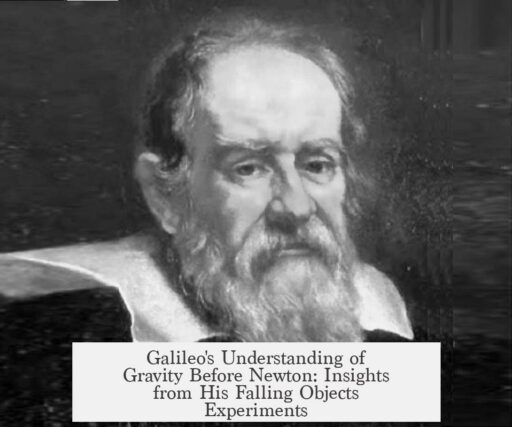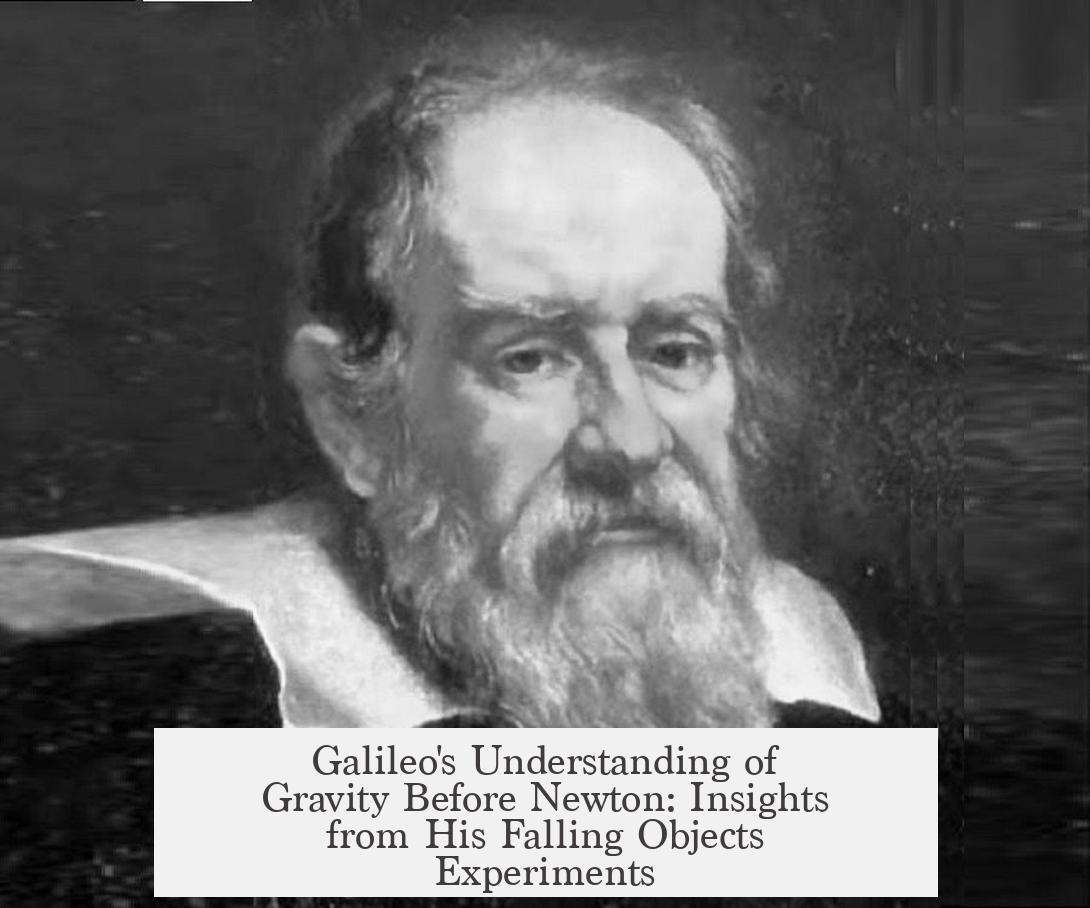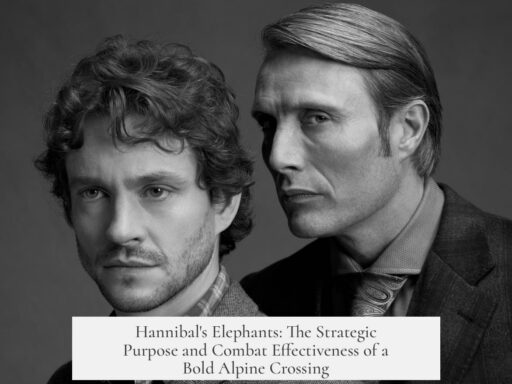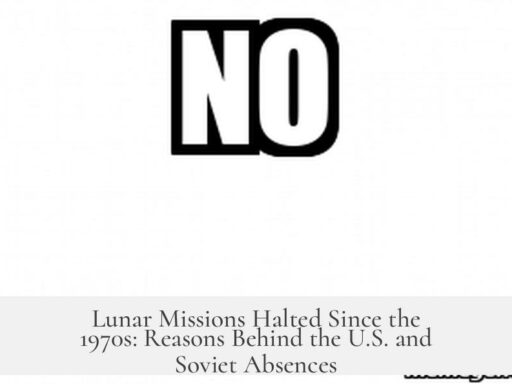Galileo did not “discover” gravity in the way Isaac Newton later formulated it. Instead, Galileo studied the motion of falling objects and focused on how they moved rather than why. He did not have a specific name for the effect he observed but described the uniform acceleration of bodies falling towards the Earth.
Galileo challenged the longstanding Aristotelian view, which claimed that heavier objects fall faster than lighter ones because their motion is driven by their “natural place.” Aristotle believed objects comprised four elements, each having a natural direction of movement. For example, objects made mostly of earth naturally move downward to the ground. Galileo rejected Aristotle’s idea that mass directly affects falling speed.
Through experiments—famously depicted as dropping balls from the Leaning Tower of Pisa—Galileo concluded that all objects accelerate at the same rate, regardless of their mass. This was a major breakthrough, as it laid the foundation for a quantitative, mathematical description of motion.
His approach was kinematical: he described how objects fell using laws and measurements, but he remained neutral about the underlying cause or “why” of the motion. Galileo explicitly avoided metaphysical explanations. He focused on numerical laws, such as his law of falling bodies, which precisely described the acceleration due to gravity as constant and uniform.
Galileo did not have a term for “gravity” as a force. He simply observed the effect—that objects fall toward the Earth with uniform acceleration. His work did not extend to identifying gravity as an attractive force. He viewed the motion in terms of speed and distance over time.
In contrast, Newton built on Galileo’s findings and defined gravity as a universal force acting between any two masses. Newton’s law of universal gravitation explained that every object with mass attracts every other object with a force proportional to their masses and inversely proportional to the square of the distance between them. This concept unified explanations for both terrestrial phenomena (like a falling pen) and celestial phenomena (planetary orbits, tides).
This marked a conceptual leap: Newton proposed gravity as a force that not only explained falling objects but also linked the motion of planets and moons. This unified the heavens and the Earth under one universal principle. Newton’s concept was entirely new and would have seemed alien to thinkers before him, including Galileo and Aristotle.
| Aspect | Galileo’s View | Newton’s View |
|---|---|---|
| Understanding of Falling Objects | All objects fall with the same acceleration; mass does not affect speed of fall. | Objects exert gravitational force proportional to mass; acceleration depends on gravitational force. |
| Explanation Style | Kinematic description focusing on measurements and laws of motion. | Dynamic theory describing gravity as an attractive force acting universally. |
| Terminology for Gravity | No formal name; observed effect of uniform acceleration. | Defined as “gravity,” a force of attraction between masses. |
| Philosophical Approach | Avoided metaphysical causes; focused on mathematical relationships. | Proposed underlying cause and law uniting terrestrial and celestial phenomena. |
In essence, Galileo was dealing with the phenomenon of objects falling with uniform acceleration but without naming or explaining it as a force. He measured and described the effect now known as gravitational acceleration but left the cause of this motion to later thinkers.
Newton took this observational foundation and introduced a physical and mathematical theory of gravity as an invisible force acting at a distance. He advanced the understanding from “what happens” to “why it happens,” marking a foundational moment in physics.
- Galileo showed all objects fall at the same rate regardless of mass but did not name or explain the underlying cause.
- Galileo’s work was kinematical, providing numerical laws, not physical forces.
- Newton defined gravity as a universal attractive force acting between masses.
- Newton’s theory unified terrestrial and celestial motions under a single principle.
- Galileo’s observations provided the critical groundwork upon which Newton built his theory.
What was Galileo’s understanding of the effect when he dropped objects?
Galileo observed that objects fall at the same rate regardless of their mass. He focused on how objects accelerate but did not seek to explain why they fell. His approach was mainly about measuring their motion, not naming the cause.
Did Galileo have a specific name for the effect he observed with falling objects?
No, Galileo did not give a specific name to the effect of objects falling at the same rate. He described the motion mathematically but avoided giving philosophical or physical explanations or terms for the effect.
How did Galileo’s view of falling objects differ from Aristotle’s?
Aristotle thought heavier objects fall faster and their speed was tied to their mass and natural place. Galileo challenged this by showing all objects fall at the same rate, rejecting the idea that mass affects falling speed.
How did Newton’s idea of gravity build on Galileo’s findings?
Newton proposed a universal force called gravity, showing that all masses attract each other. He explained the cause behind why objects fall and linked earthly and celestial motions through a law of universal gravitation.
Did Galileo’s experiments explain the cause of falling objects?
Galileo focused on describing how objects fall using numbers and acceleration laws. He did not address the underlying cause, leaving the physical explanation of gravity to later scientists like Newton.




